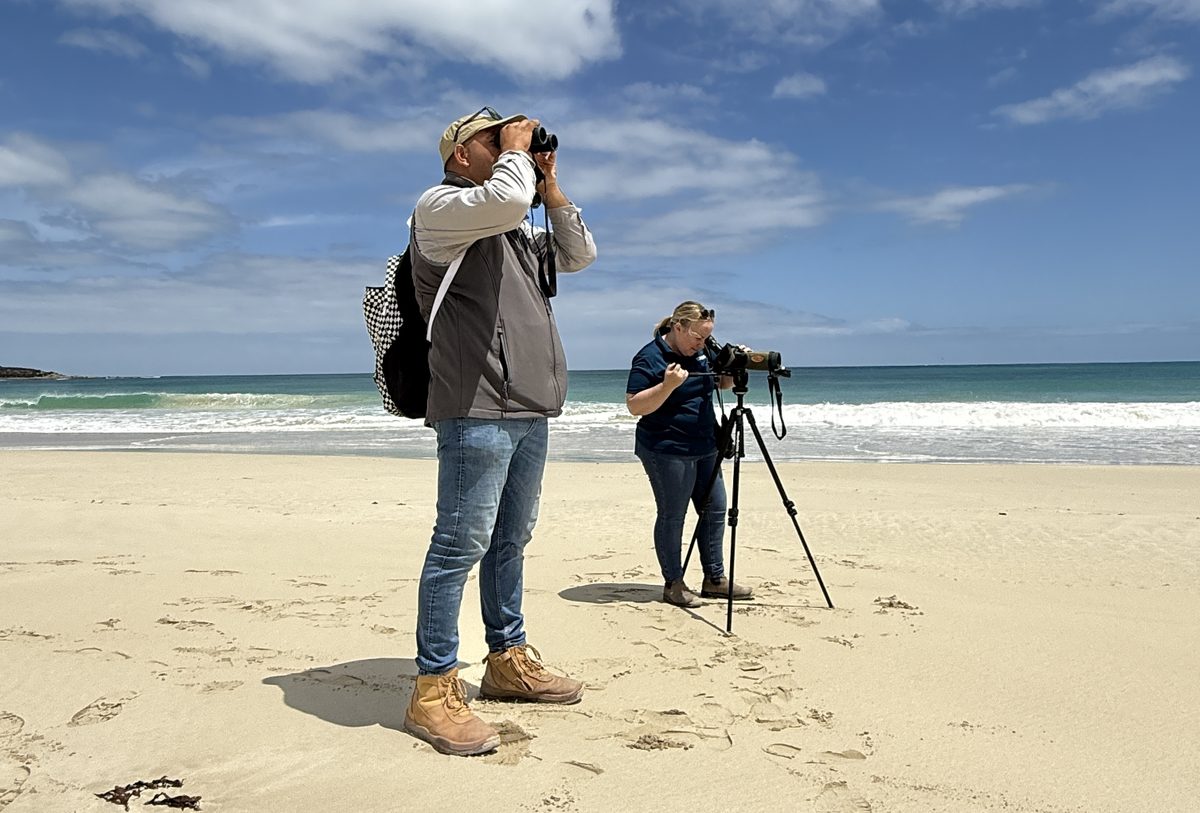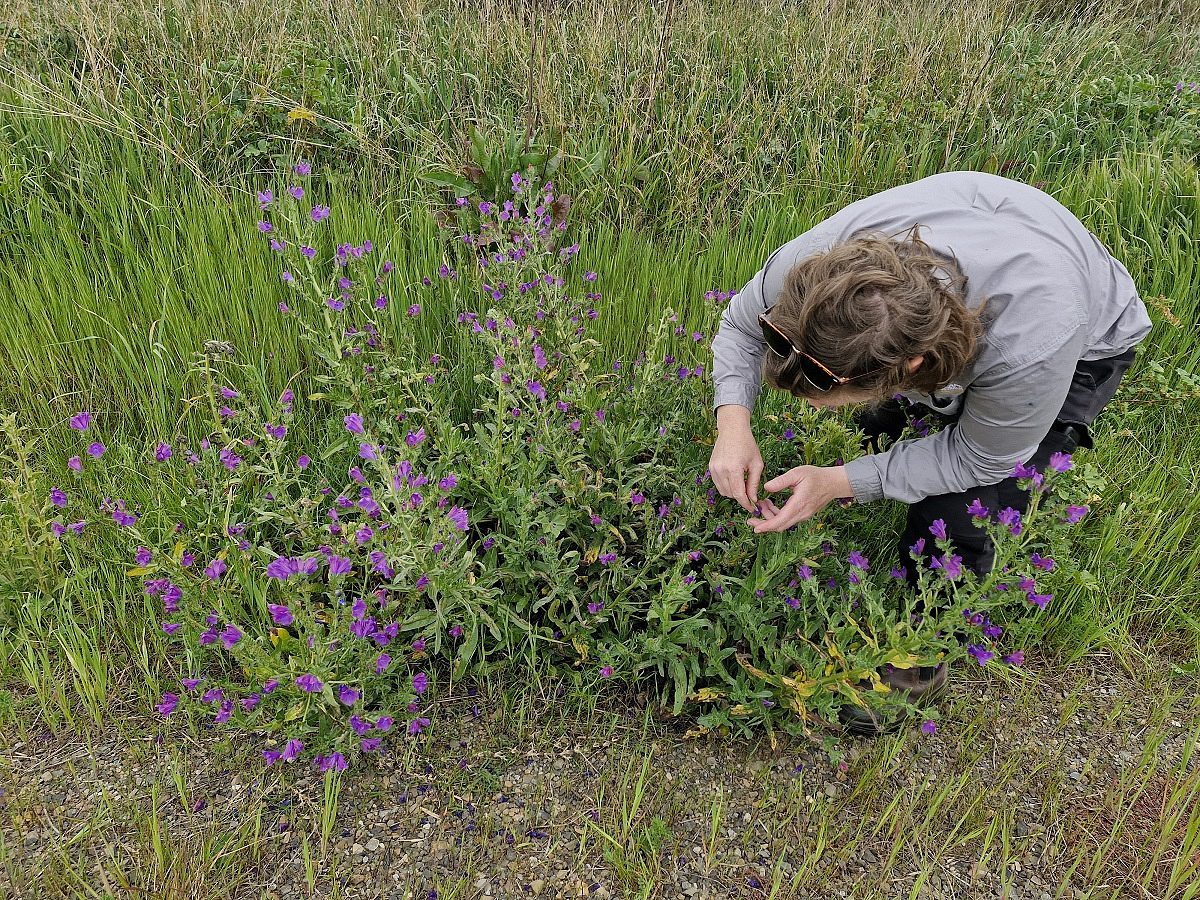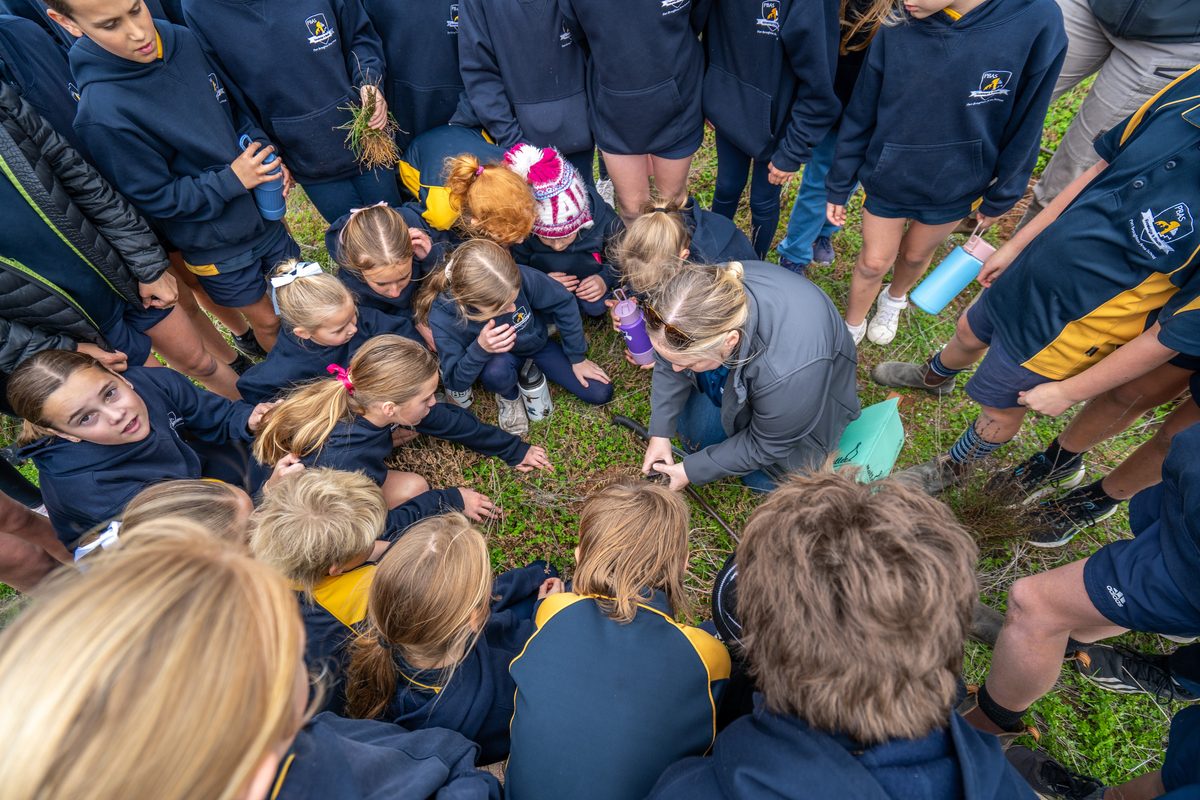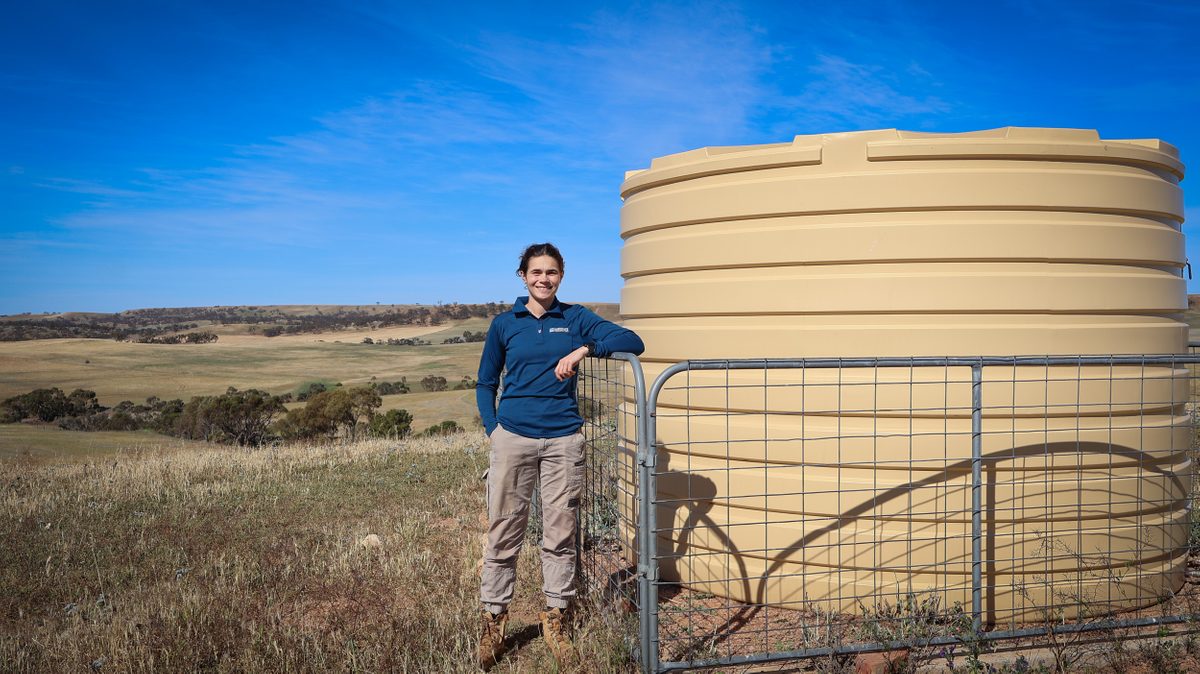Volunteers hustle through heat for biennial bird count
Weather conditions played havoc with plans for BirdLife Australia’s biennial beach-nesting bird count along Yorke Peninsula coastlines in November.
Extreme temperatures followed by windy conditions and a high tide were difficult for both volunteers and the birds that nest on our beaches, like the endangered hooded plover.
Local volunteer coordinator Nanou Cabourdin organised 29 volunteers, 7 Northern and Yorke Landscape Board staff and a Dhilba Gurranda-Innes National Park ranger for the count that covered 88 routes across 368 kilometres. The count occurred over 2 weeks with most volunteers involved on 16 and 17 November.

“Unfortunately, the weather over the weekend was the worst we could have had,” said Ms Cabourdin. “There was a catastrophic fire warning on Saturday, so we had to shuffle around volunteers to fit the weather.
“And the high tide and windy conditions on Sunday washed out lots of the hooded plover nests around the coast.
“I’m grateful for the special people involved though who soldiered on. At least they were rewarded by the beautiful, secluded beaches.”

The biennial count is part of a large national survey of hooded plovers and other beach-nesting birds that extends from South Australia to New South Wales and includes Tasmania.
It allows BirdLife Australia to track the long-term trajectory of Australia’s hooded plover population.
More than a quarter of South Australia’s hooded plovers live on Yorke Peninsula, with results from the 2022 biennial count revealing 292 of the state’s 803 adult hooded plovers call Narungga Country home.
Previous counts of hooded plover numbers show steady growth of the population, with 37 more adult hooded plovers counted in 2020 than 2018 and an extra 7 counted in 2022.
Yet they face many threats including predation from foxes, feral cats and dogs and interference by humans. Their breeding times – between August and March - coincide with the busiest time on our beaches, so it is important for beach goers to look out for their eggs and chicks during this time. Keeping dogs on leads, giving the birds space, and driving below the high tide line will help improve their survival rate.

BirdLife Australia is now crunching the numbers from the biennial count and is expected to release its report in 2025.
The Northern and Yorke Landscape Board is involved in hooded plover conservation through its Marna Banggara project. This project is jointly funded by the Australian Government Natural Heritage Trust and Northern and Yorke Landscape Board, a member of the Commonwealth Regional Delivery Partners panel.






